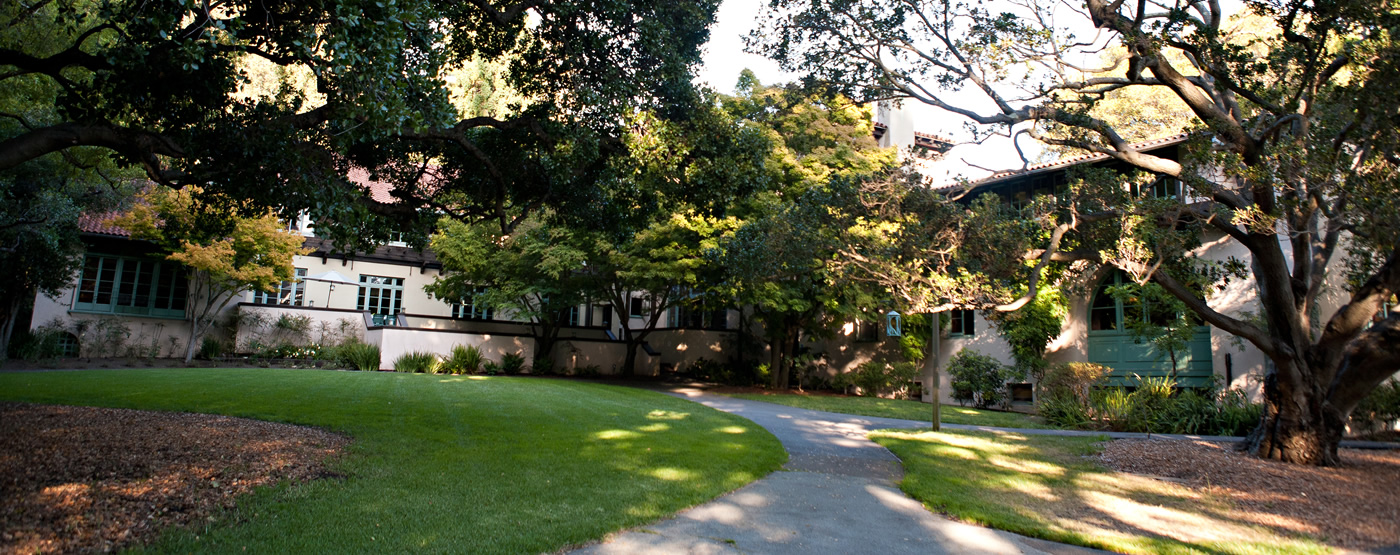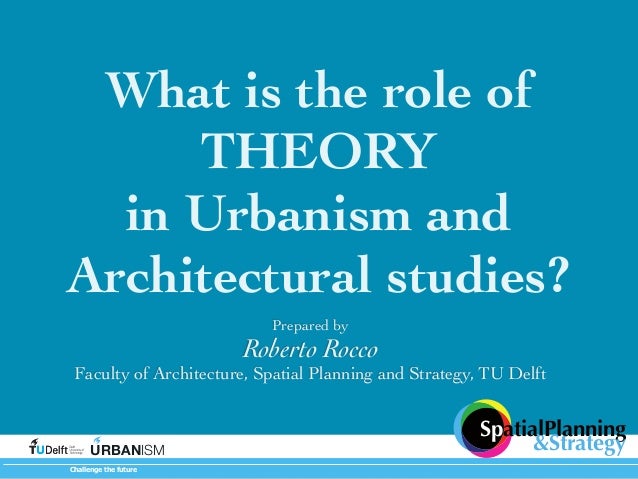#ArchiTalks 47 Theory/Practice
I think probably as most things in my life, i have not run my practice as I thought I imagined I would. in school, I am sure that i was considered one of those "theoretical designers" however, i never had a project that the instructors or jurors said, "that could never be built" so in that way, I am very much the same. Well, there was a project that I did that one of the professors said couldn't be built but I realized years after that he just didn't know structures very well. It could have been built and was actually very feasible with concrete and post-tensioning but he felt like he was the "technical professor" and felt like he needed to say something. However, it was really that if the project was not a rectangle, he was pretty much at a loss for words except for critical ones.
And so in school as we say, "that could never be built" as it relates to a project structurally, typically.
In practice it relates to a project economically.
So as in school, we as students tend to be naive about how things are built
In practice, we tend to think that "anything can be built if you have the money" which most projects even with a high end budget, has limitations
However, being in line with those limitations can make a better overall client architect relationship and explaining those limitations at teh beginning and through the different phases of the project, things are more likely to get built.
which is that not the reason why we became architects? I didn't become an architect and get licensed to practice so that I could design projects that would never be experienced in the built form.
Theory:
I went to art school when I was in high school, and I was thinking about becoming an artist and I decided that i could make more money as an architect and if I wanted to still be an artist, I still could with an architecture degree. I went to community college first as a non-resident of California and then transferred to Cal Poly Pomona. As I took classes at the community college, the head of the department was a Polish trained woman architect who had practiced in Paris and New York before she ended up on the west coast teaching in a small community college architecture program. She was very chic, very European and spoke her mind. She also taught us things that were not being taught in the typical community college class back then, she taught us theory and history of architecture and exposed us to the theoretical but also practical experience that we needed in order to make architecture. She was trained in the Bauhaus style, and as such, her training was to build, based on rebuilding the world, so to speak, after the world wars had destroyed everything.
 |
| cal poly pomona has always been so close to getting a good logo...kindof like the rose float "design by committtee" |
When I chose to go to Cal Poly Pomona, I knew that as a school of "Polytechnic" we would be required to build what we designed, "learning by doing". If i had wanted to do theory and not build anything, then i would have gone to a school that specialized in that, like Sci Arc (where I would be paying a ziilion more dollars per year for a vocation that only pays minimum wage at the start) or UC Berkeley (whose program is still not accredited so why would i do that and not get any credit in order to get licensed) and when I called up to get the application for UC Berkeley and because I was stammering over what I wanted to say, the person on the phone said to me,
"If you can't even ask for an application, you probably shouldn't be applying to our school."
I actually told that story to a bunch of international sustainability engineering geniuses at the Berkeley Faculty Club that my friend who works in the sustainable energy department had organized and they thought it was pretty funny. The building is very nice, a Bernard Maybeck, and it was a very nice dinner.
and then there is
RED IS NOT A COLOR
from another Bernard.
Practice:
I really like architecture and I like doing modern architecture or my own style of architecture because it gives me a chance to explore my own ideas as opposed to exploring someone else's. I can do a different roof than the neighbors or the existing house because the client and I are working on a project that is uniquely theirs.
Anyways, it isn't that I can't theorize with them best of them, it's just that sometimes I just have to do work and make a living and it isn't about doing crappy architecture, it's about meeting with clients, hearing of their needs to add on to a traditional house or do a traditional spec house with a small family development company and wanting to help them go forward with these plans to provide a service and housing. And working with the same family development company can lead to more work that is possibly more adventurous.
21 things i learned in future practice (rory hyde) a cool student project
What I have become interested in is how I can work with my practice and combine the aspects of "providing housing for the masses" with the idea of home ownership that is "the American Dream for everyone and that can be catered to different occupants' needs, be it a single person household to a multi-generational compound. To utilize the research tools that I have been gathering over the years in designing housing projects in school, both at Cal Poly Pomona and the University of Copenhagen DIS program and then with residential clients and single and multi-family housing in practice. I feel that many aspects of housing theory can still be explored at many different levels and can become more a part of my practice.
And I'm going to get working on it!!!
These are my ideas on #ArchiTalks 47 on Theory/Practice and here are some more...
"If you can't even ask for an application, you probably shouldn't be applying to our school."
 |
| very odd image of he berkeley faculty club by bernard maybeck |
I actually told that story to a bunch of international sustainability engineering geniuses at the Berkeley Faculty Club that my friend who works in the sustainable energy department had organized and they thought it was pretty funny. The building is very nice, a Bernard Maybeck, and it was a very nice dinner.
and then there is
RED IS NOT A COLOR
from another Bernard.
I really like architecture and I like doing modern architecture or my own style of architecture because it gives me a chance to explore my own ideas as opposed to exploring someone else's. I can do a different roof than the neighbors or the existing house because the client and I are working on a project that is uniquely theirs.
 |
| from "musings of the edmonton tourist" |
Anyways, it isn't that I can't theorize with them best of them, it's just that sometimes I just have to do work and make a living and it isn't about doing crappy architecture, it's about meeting with clients, hearing of their needs to add on to a traditional house or do a traditional spec house with a small family development company and wanting to help them go forward with these plans to provide a service and housing. And working with the same family development company can lead to more work that is possibly more adventurous.
21 things i learned in future practice (rory hyde) a cool student project
What I have become interested in is how I can work with my practice and combine the aspects of "providing housing for the masses" with the idea of home ownership that is "the American Dream for everyone and that can be catered to different occupants' needs, be it a single person household to a multi-generational compound. To utilize the research tools that I have been gathering over the years in designing housing projects in school, both at Cal Poly Pomona and the University of Copenhagen DIS program and then with residential clients and single and multi-family housing in practice. I feel that many aspects of housing theory can still be explored at many different levels and can become more a part of my practice.
 |
| from archdaily.com |
And I'm going to get working on it!!!
These are my ideas on #ArchiTalks 47 on Theory/Practice and here are some more...
You Can Do Better
the architecture of theory and how it is evidenced in my practice
-->Eric T. Faulkner - Rock Talk (@wishingrockhome)
Theory -- If Apple Practiced Architecture
-->Jim Mehaffey - Yeoman Architect (@jamesmehaffey)
In Theory / In Practice
-->Michele Grace Hottel - Michele Grace Hottel, Architect (@mghottel)
Theory/Practice
-->Mark Stephens - Mark Stephens Architects (@architectmark)
Theory and Practice
-->Larry Lucas - Lucas Sustainable, PLLC (@LarryLucasArch)
The Theory and Practice of Full-circle Architecture







Nice post - interesting that you have 'Polytechnic' also (it was probably a US invention?) ; I went to a Polytechnic that sounds similar. They're gone now where the 'Polytechnics' have transformed into 'New' universities.
ReplyDeleteI am not sure if that is the case, but I know that it is a pretty good school and a public one so i am going with it!
ReplyDelete